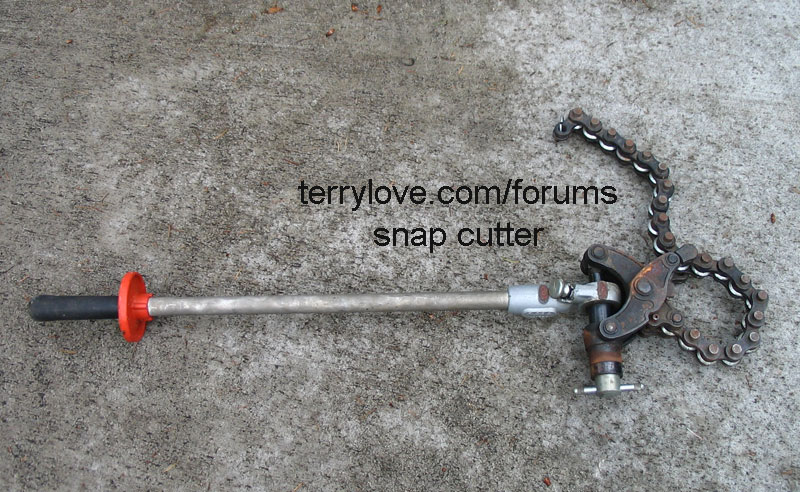mystreba
New Member
I am remodeling my 50's rancher. The remodel involves reconfiguring upstairs toilets and baths, as well as gutting and finishing the basement. The basement ceilings are a mere 88 inches. The low ceilings are compounded by the drain design - a 4.5 inch cast stack is mortared into an interior, load-bearing cinderblock wall, and the two toilet drains (one PVC and one cast) are tapped into the stack such that they run under the floor joists. The same is true with the secondary drains and vents (some cast, some PVC). The result is a complete, chopped-up mess of soffits and dropped ceilings.
My plan is to replace the cinderblock wall with a framed double-wall, housing a cast L-beam with support columns. I'll then reconfigure the drain stack in this framed double-wall, so that all drains can run between joists and then drop into the stack behind the double-wall. I'll install a 24" standard interior door for complete, top-to-bottom access to the main drain stack. This seems fairly straightforward.
My question is how to handle the transition from cast to PVC. Even if I use cast for the toilets, I'll have to tie in PVC somewhere for the secondary drains. Won't it be easier to simply select a point at which to transition the main stack to PVC, and then run all drains in PVC? If so, my plan would be to cut the stack at about the 32" mark, just below the current access plug (not sure if this is the correct term, but its the nipple that allows access for, I assume, clearing out the main drain), and put the new access plug into the PVC section (that way I can re-orient it at the same time so that it faces the planned door frame, since it is currently oriented in a way that prevents practical access).
Is this all clear as mud?
My plan is to replace the cinderblock wall with a framed double-wall, housing a cast L-beam with support columns. I'll then reconfigure the drain stack in this framed double-wall, so that all drains can run between joists and then drop into the stack behind the double-wall. I'll install a 24" standard interior door for complete, top-to-bottom access to the main drain stack. This seems fairly straightforward.
My question is how to handle the transition from cast to PVC. Even if I use cast for the toilets, I'll have to tie in PVC somewhere for the secondary drains. Won't it be easier to simply select a point at which to transition the main stack to PVC, and then run all drains in PVC? If so, my plan would be to cut the stack at about the 32" mark, just below the current access plug (not sure if this is the correct term, but its the nipple that allows access for, I assume, clearing out the main drain), and put the new access plug into the PVC section (that way I can re-orient it at the same time so that it faces the planned door frame, since it is currently oriented in a way that prevents practical access).
Is this all clear as mud?


